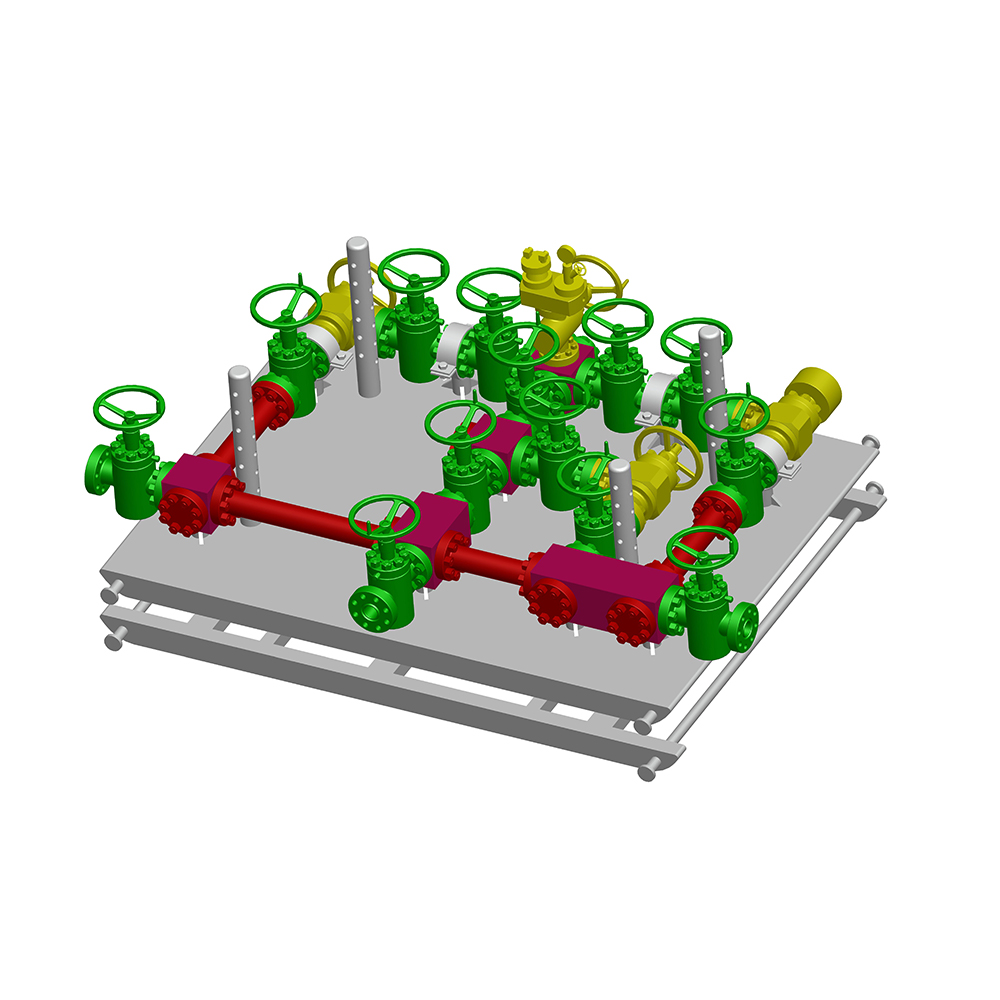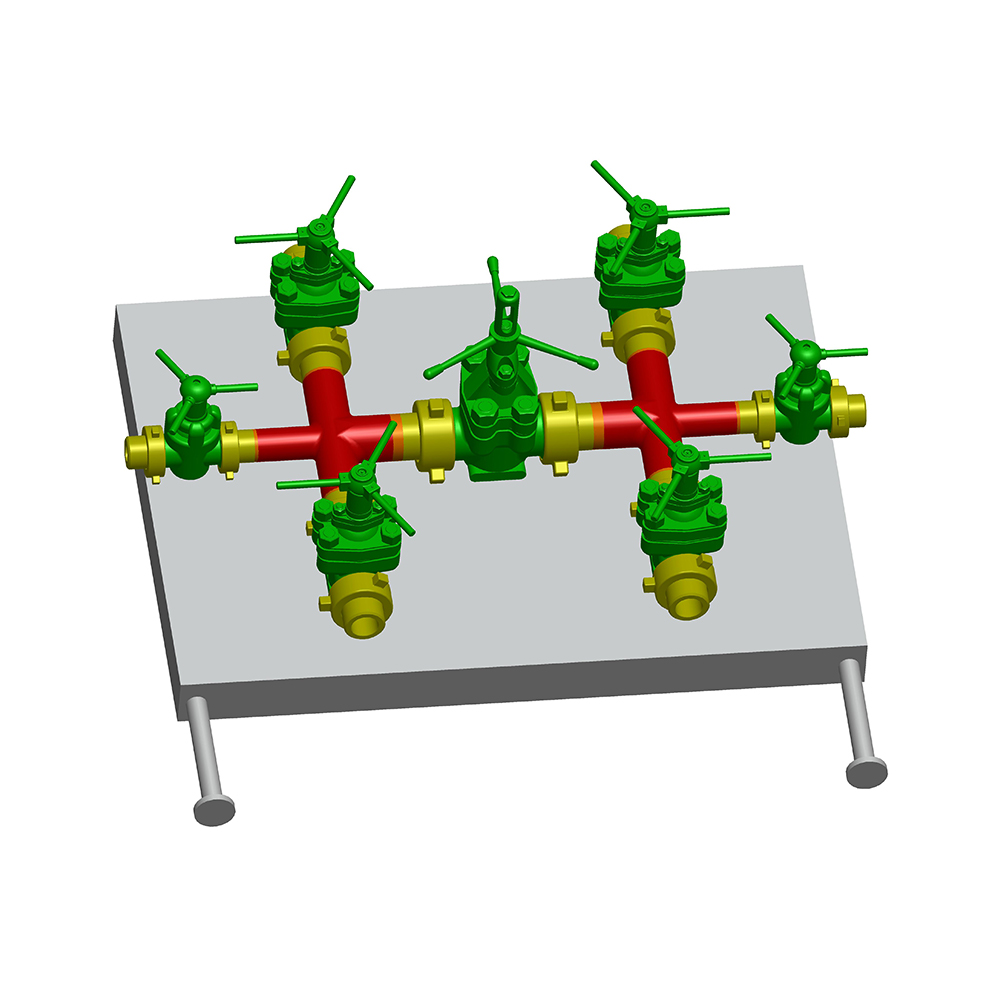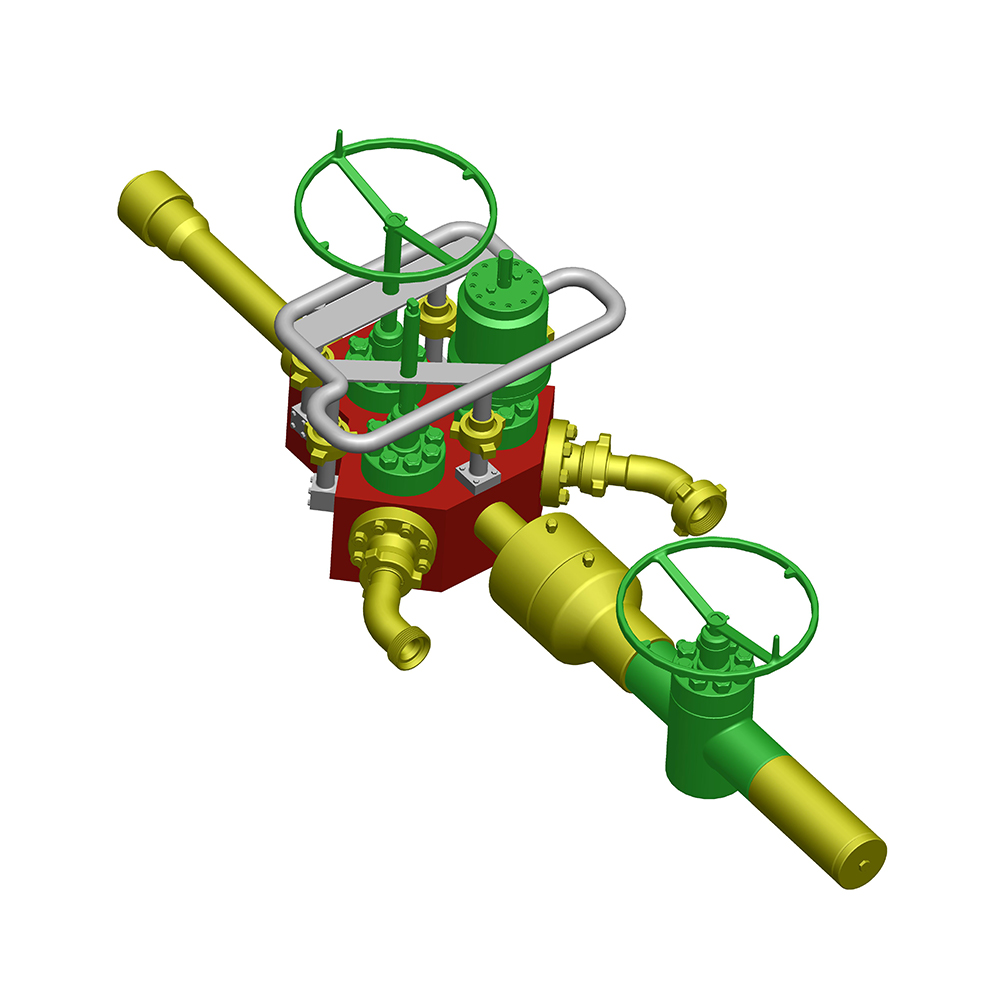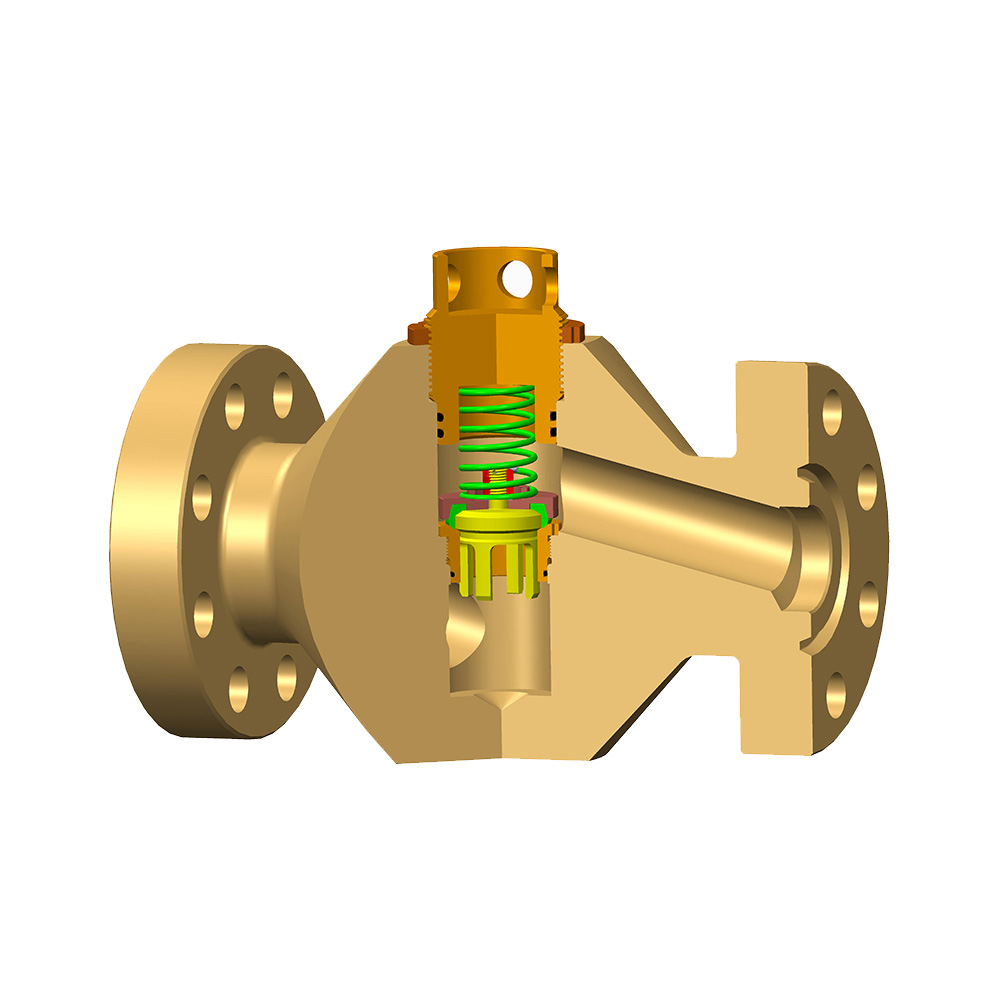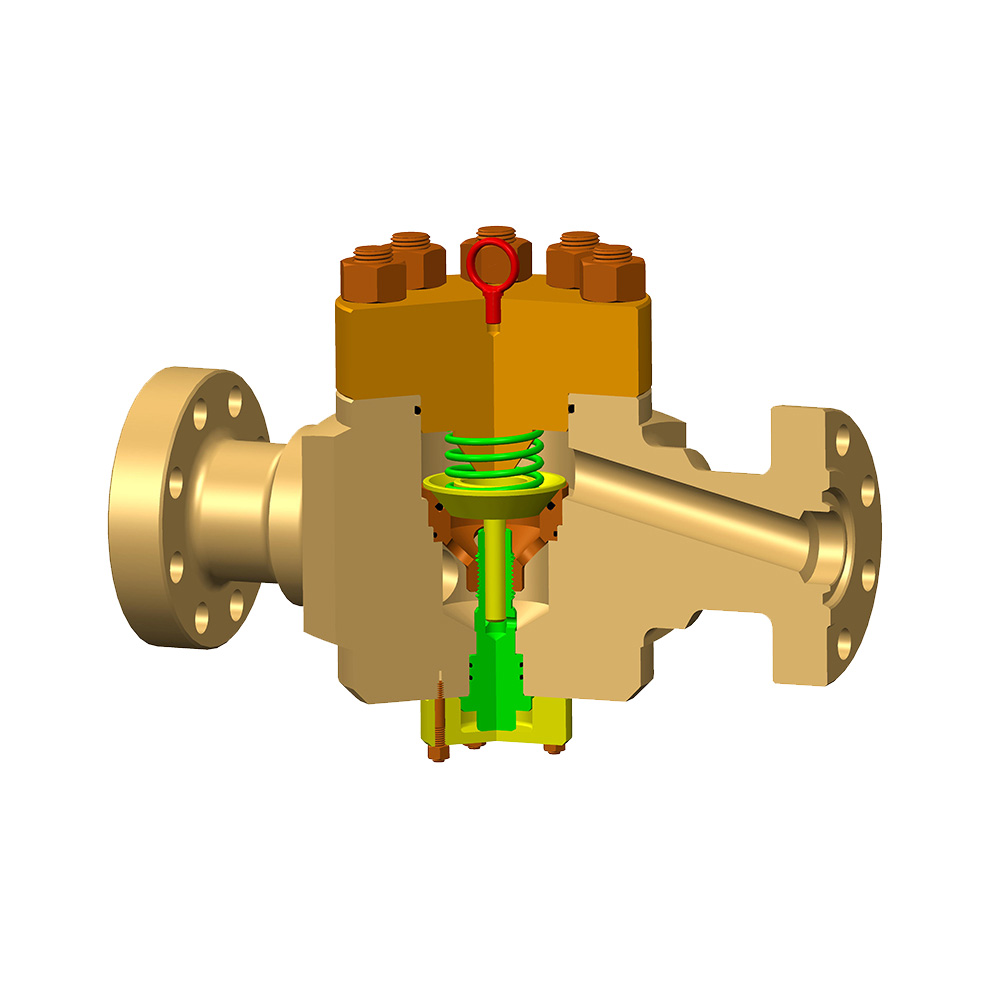In industrial fluid systems, valves play a critical role in controlling flow, pressure, and direction. Among the various types, check valves and choke valves are often discussed due to their distinct functions and applications. Understanding the differences between these valves is essential for engineers and technicians to ensure system efficiency, safety, and reliability.
Understanding Check Valves
A check valve, also known as a non-return valve, is designed to allow fluid to flow in one direction only, preventing backflow that could damage equipment or disrupt processes. These valves operate automatically, without requiring external control, and are commonly used in pipelines, pumps, and compressors.
Function and Design
-
Unidirectional Flow Control: Check valves open when fluid pressure in the forward direction exceeds a certain threshold and close automatically when flow reverses.
-
Common Types: These include swing check valves, lift check valves, and ball check valves, each suited for specific pressure and flow conditions.
-
Construction Materials: Typically made from metals like stainless steel or brass, depending on the application's corrosion resistance and pressure requirements.
Applications
-
Water and Wastewater Systems: To prevent backflow in pumping stations.
-
Oil and Gas Pipelines: For protecting compressors and pumps from reverse flow.
-
HVAC Systems: In heating and cooling circuits to maintain directional flow.
Understanding Choke Valves
A choke valve is primarily used to control flow rate and pressure in fluid systems, particularly in high-pressure environments like oil and gas production. Unlike check valves, choke valves are adjustable and can be manually or automatically operated to regulate fluid characteristics.
Function and Design
-
Flow and Pressure Regulation: Choke valves restrict flow by using a movable element, such as a needle or plug, to create a pressure drop and manage fluid velocity.
-
Types and Operation: Common designs include positive chokes (fixed orifice) and adjustable chokes, which can be controlled via actuators for precise flow modulation.
-
Materials and Durability: Often constructed from hardened materials like tungsten carbide to withstand erosive conditions in applications involving sand-laden fluids.
Applications
-
Wellhead Control: In oil and gas wells to regulate production flow and prevent reservoir damage.
-
Process Industries: For managing fluid rates in chemical processing or refining.
-
Drilling Operations: To maintain well pressure during drilling and completion activities.
Key Differences Between Check Valves and Choke Valves
The distinctions between these valves can be summarized in several key areas:
-
Primary Function:
-
Check valves prevent reverse flow and ensure unidirectional movement.
-
Choke valves regulate flow rate and pressure by creating a controlled restriction.
-
-
Operational Mechanism:
-
Check valves operate automatically based on flow direction and pressure differentials.
-
Choke valves require manual or automated adjustment to achieve desired flow conditions.
-
-
Design Complexity:
-
Check valves are generally simpler, with fewer moving parts, focusing on reliability in passive operation.
-
Choke valves are more complex, often incorporating adjustable components for fine-tuned control.
-
-
Typical Applications:
-
Check valves are used in scenarios where backflow prevention is critical, such as in pump discharge lines.
-
Choke valves are employed in high-pressure systems, like oil well control, where precise flow management is necessary.
-
-
Performance Considerations:
-
Check valves are evaluated based on sealing effectiveness and response time to flow changes.
-
Choke valves are assessed for their ability to maintain stable flow under varying pressures and erosive conditions.
-
Check valves and choke valves serve fundamentally different purposes in fluid handling systems. Check valves provide essential protection against backflow, while choke valves enable precise control over flow and pressure. By recognizing these differences, professionals can select the appropriate valve type based on specific operational requirements, contributing to enhanced system performance and safety.

